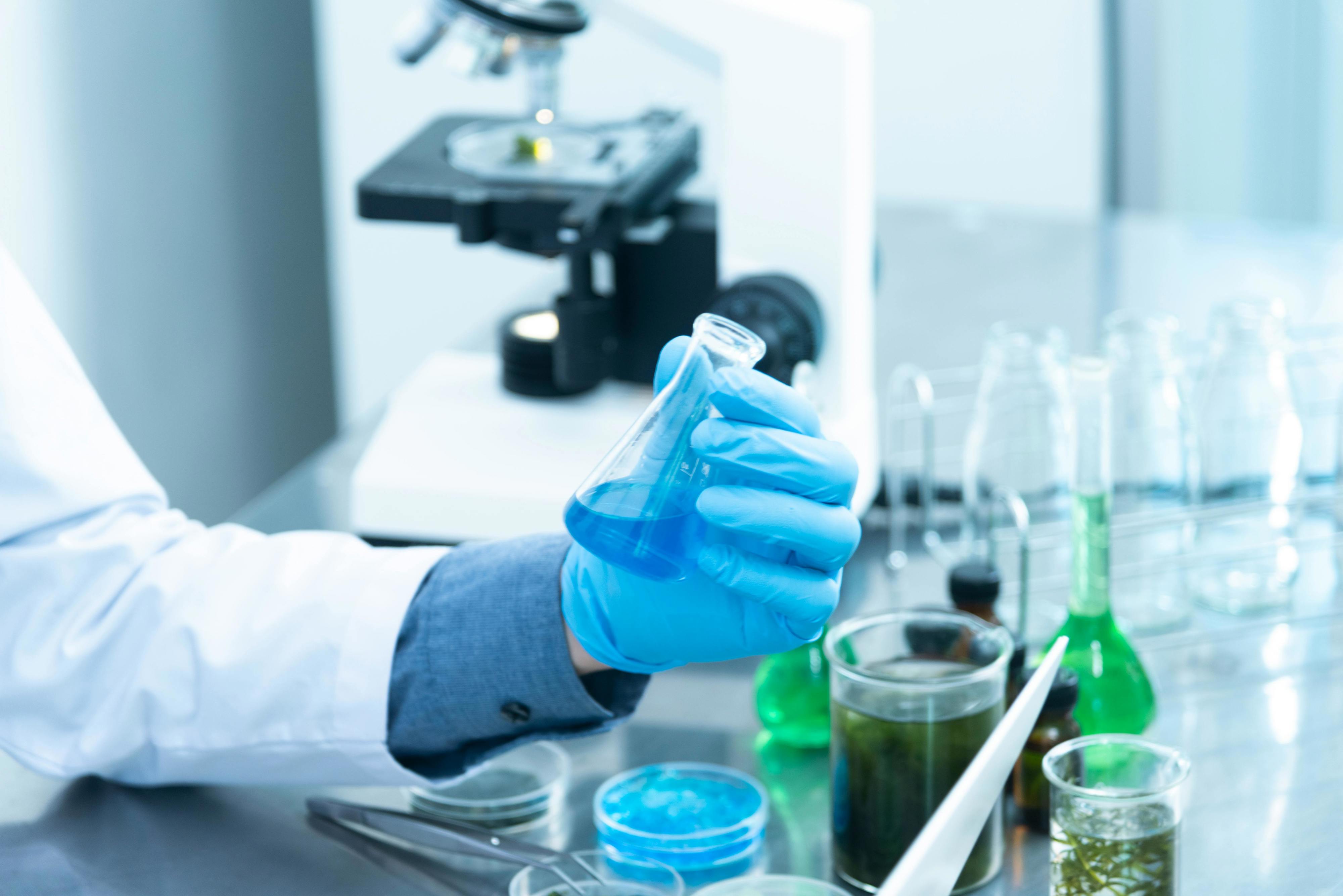Storing Chemicals: Guidelines and Tips to Prevent Dangerous Reactions
Storing chemicals correctly is essential to prevent serious incidents. Chemical incompatibilities and dangerous reactions between two or more substances can cause explosions, fires, or the release of toxic gases. In this article, we’ll examine seven combinations that should never be stored in the same safety cabinet, providing practical tips for safe management in laboratories and warehouses.
- Acids and Bases
Strong acids and bases, such as sulfuric acid and sodium hydroxide, react violently with each other, generating heat and hazardous gases. It's recommended to always store them in separate cabinets to prevent any accidental contact.
The CLP Regulation (Classification, Labelling, and Packaging) - Regulation (EC) No. 1272/2008, in force throughout the European Union, including Italy, defines how substances must be stored, labelled, and managed for safety purposes.
Source: CLP Regulation: https://echa.europa.eu/regulations/clp/understanding-clp
- Oxidizing Agents and Organic Materials
Oxidizing agents, such as ammonium nitrate, can trigger fires or explosions if they come into contact with organic materials. It's crucial to store oxidizing agents in dedicated containers, away from combustible substances.
- Reactive Metals and Water
Metals like sodium and potassium react violently with water, releasing flammable gases. It’s advised to store these metals in specific safety cabinets, avoiding any exposure to moisture.
- Nitric Acid and Organic Compounds
Nitric acid is a powerful oxidizer and reacts dangerously with organic solvents. To ensure safety, store nitric acid separately in cabinets resistant to chemical agents.
- Chlorine and Ammonia
Mixing chlorine and ammonia releases toxic gases. Avoid storing these two products in the same space and always ensure they are well-labelled.
One of the regulations governing this situation is the REACH Regulation (Registration, Evaluation, Authorisation, and Restriction of Chemicals) - Regulation (EC) No. 1907/2006. REACH sets requirements for the storage and handling of hazardous substances across sectors, including laboratories and chemical industries.
Source: REACH Regulation https://echa.europa.eu/regulations/reach/understanding-reach
- Hydrochloric Acid and Cyanide Compounds
The reaction between hydrochloric acid and cyanide compounds releases lethal gases. Store these chemicals in separate, well-ventilated cabinets. Learn more about the Labor Security System’s E-FLOW extraction system, which regulates airflow to protect both operators and the environment.
In Italy, Legislative Decree 81/2008 (Consolidated Law on Occupational Health and Safety) regulates workplace safety, including laboratories and warehouses that handle hazardous chemicals. The regulations impose obligations on employers regarding the assessment of chemical risks, management of hazardous substances, and staff training.
Source: Legislative Decree 81/2008
- Organic Peroxides and Acids
Organic peroxides can explode if mixed with acids. For specific safety cabinets that ensure the safe separation of these chemicals, see our catalog with compliant storage solutions.
The relevant standard is UNI EN 14470-1: Safety Cabinets for the Storage of Flammable Liquids. UNI EN 14470-1 applies to the construction and safety requirements of cabinets for the containment of flammable liquids, widely used in Italy and Europe to ensure the protection of combustible materials and fire resistance.
To prevent incidents, it is crucial to follow the rules described above for storing chemicals. For more information, contact our specialists, who can explain in detail why Labor Security System's chemical cabinets are designed for maximum safety. Protecting operators and environments from potential hazardous reactions is our main goal.

